PPR (Polypropylene Random Copolymer) pipe fittings have gained widespread popularity due to their durability, corrosion resistance, and adaptability in various plumbing and heating systems. High-quality PPR pipe fittings ensure the long-term performance of water supply systems, heating installations, and industrial piping. Manufacturers focus on several key aspects to maintain the quality of these fittings, ensuring that they meet stringent standards and offer excellent reliability in demanding applications.
1. Raw Material Selection
The foundation of high-quality PPR pipe fittings lies in the selection of premium raw materials. The use of Polypropylene Random Copolymer (PPR) ensures that the fittings exhibit high resistance to temperature fluctuations, chemical exposure, and mechanical stress. The quality of the raw material directly impacts the overall performance of the fittings.
Manufacturers source PPR granules from trusted suppliers with well-established reputations. Technicians ensure that these granules meet industry specifications, focusing on their molecular structure, melting properties, and purity. Any contamination or inconsistency in the material composition can lead to defects or premature failure in the final product. By investing in superior raw materials, manufacturers guarantee the integrity of their fittings and reduce the risk of product failure.
2. Precision in Injection Molding
Precision in the injection molding process plays a critical role in determining the quality of PPR pipe fittings. Technicians rely on advanced injection molding machines that shape the raw material into various fitting designs, such as elbows, tees, and couplings. The molding process must occur under controlled conditions, with particular attention to temperature, pressure, and cooling time.
Inconsistent temperature control or improper mold calibration can lead to defects like warping, voids, or incomplete fills in the fittings. Manufacturers minimize these issues by maintaining strict control over the injection molding process, using real-time monitoring systems to track key parameters and make adjustments when necessary.
The consistency of the molding process ensures that every fitting produced meets the same dimensional accuracy and structural integrity as intended. High-precision molds also help maintain uniformity in wall thickness and socket depth, which is crucial for reliable connections and long-term performance in plumbing systems.
3. Dimensional Accuracy and Tolerances
Maintaining strict dimensional accuracy stands as another key factor in ensuring the quality of PPR pipe fittings. The fittings must meet specific size requirements to ensure compatibility with pipes and other fittings in the system. Even slight deviations from the intended dimensions can lead to issues during installation, such as loose connections, leaks, or difficulty in fusing the components together.
Manufacturers use sophisticated measuring tools such as calipers, gauges, and laser scanners to verify the dimensions of each fitting. These tools ensure that the fittings meet the required tolerances for outer diameter, inner diameter, and socket depth. Regular checks throughout the production process help identify any deviations early on, allowing technicians to correct them before they lead to larger-scale defects.
Dimensional accuracy plays a particularly important role in socket fusion welding, where the pipe and fitting must align perfectly to form a strong, leak-proof joint. Any inconsistencies in the size or shape of the fitting can compromise the strength of the connection and affect the overall system’s performance.
4. Mechanical Strength and Durability
High-quality PPR pipe fittings demonstrate excellent mechanical strength and durability. These properties ensure that the fittings can withstand various types of mechanical stress, including pressure fluctuations, vibrations, and external impacts. Durability remains essential for long-term use in both residential and industrial applications.
To enhance mechanical strength, manufacturers optimize the material composition and molding process. Properly molded fittings exhibit uniform wall thickness and density, ensuring they can endure both internal and external pressure without deforming or cracking. PPR fittings also resist fatigue caused by cyclic loading, making them suitable for systems that experience frequent changes in pressure or flow rates.
Manufacturers regularly conduct mechanical testing on their fittings to verify their strength. Tests such as burst pressure testing, impact testing, and tensile strength testing help determine how the fittings perform under real-world conditions. Consistent high performance in these tests indicates that the fittings possess the necessary mechanical strength to last for many years without failure.
5. Resistance to Temperature Variations
PPR pipe fittings excel in systems exposed to temperature fluctuations, making them ideal for both hot and cold water supply lines. High-quality fittings maintain their structural integrity even when exposed to temperatures ranging from freezing to boiling.
The ability to resist temperature extremes comes from the unique properties of PPR material, which exhibits excellent thermal stability. The material resists softening or deformation when exposed to high temperatures and maintains its toughness at low temperatures. By choosing the right grade of PPR and controlling the production process, manufacturers ensure that the fittings offer reliable performance in temperature-critical environments.
Thermal cycling tests provide valuable insights into the temperature resistance of PPR fittings. These tests expose the fittings to repeated cycles of heating and cooling, simulating real-world conditions in hot water supply systems or outdoor installations. Only fittings that pass these tests meet the quality standards required for use in such demanding environments.
6. Corrosion Resistance
Corrosion resistance remains one of the most significant advantages of PPR pipe fittings. Unlike metal fittings, PPR fittings do not corrode when exposed to water, chemicals, or aggressive environmental factors. This resistance ensures long-term performance, even in chemically harsh conditions.
The inert nature of PPR material protects the fittings from reacting with most chemicals commonly found in water systems, such as chlorine, salts, and acids. This corrosion resistance makes PPR fittings ideal for use in a wide range of applications, including industrial piping systems that handle chemicals or aggressive fluids.
Manufacturers conduct chemical resistance testing to confirm that their fittings maintain their integrity when exposed to various substances. This testing includes prolonged exposure to different chemicals under pressure to ensure that the fittings remain unaffected and continue to function properly without any degradation.
7. Environmental Safety and Non-Toxicity
High-quality PPR pipe fittings offer safety and non-toxicity, making them suitable for potable water supply systems. PPR material remains free from harmful additives or contaminants that could leach into the water supply and pose health risks to users.
The food-grade nature of PPR ensures that it does not release any toxic substances when exposed to drinking water, even at high temperatures. This property makes PPR pipe fittings a preferred choice in residential, commercial, and industrial water supply systems, where safety and water quality take priority.
Manufacturers test their fittings to ensure compliance with safety standards set by regulatory bodies. These standards require that the fittings meet strict guidelines for use in potable water systems, including testing for leachates, microbial growth, and overall material purity. High-quality PPR fittings consistently pass these tests, providing peace of mind to installers and end-users.
8. Leak-Proof Connections
The quality of PPR pipe fittings directly impacts the ease and reliability of installation. High-quality fittings form leak-proof connections through socket fusion welding, which involves heating the pipe and fitting, then joining them to form a single, continuous piece.
For this process to succeed, the fittings must have uniform socket depths and smooth surfaces. Inconsistent socket dimensions or surface roughness can lead to improper fusion, resulting in weak joints that may leak over time. Manufacturers focus on precision during the molding and finishing processes to eliminate these issues and create fittings that form reliable, leak-proof connections.
Technicians also test the fittings for their ability to maintain a secure seal under pressure. Pressure testing involves subjecting the fittings to high internal pressure to check for any leaks or weaknesses in the joint. Fittings that pass these tests provide installers with confidence that the system will remain watertight for years.
9. Longevity and Warranty
The longevity of PPR pipe fittings serves as a key measure of their quality. Manufacturers design their fittings to last for decades, even in harsh conditions, by using premium materials and ensuring proper production techniques. The expected lifespan of PPR fittings exceeds 50 years under normal operating conditions, contributing to their long-term cost-effectiveness.
Manufacturers often provide warranties on their fittings to back their claims of durability and performance. These warranties offer coverage for defects in material or workmanship, providing additional assurance to installers and end-users.
10. Quality Assurance and Certification
Quality assurance remains a crucial aspect of the PPR pipe fitting production process. Manufacturers implement strict quality control measures at every stage, from material selection to final inspection. These measures include regular testing, visual inspections, and detailed documentation to ensure that each fitting meets industry standards.
In addition, manufacturers seek certifications from reputable organizations such as ISO, WRAS, and NSF, which indicate that the fittings comply with international safety and quality standards. These certifications demonstrate a commitment to producing high-quality products that offer reliable performance in various applications.
Top 5 PPR Pipe Fittings Manufacturers
| Company | Headquarter/Location | Founded |
| IFAN | ZhuJi,China | 1993 |
| Pntek | NingBo,China | 2011 |
| Inline Plastics, Inc. | California, America | 1996 |
| K. Jabat, Inc. | New Jersey,America | 1973 |
| Speed Field Services | Texas, America | 1973 |
IFAN International Standard on PPR Pipe Fittings
IFAN adheres to a range of international and national standards to ensure the quality and performance of its products. These include the ISO 15874 Series standards and EN 15874 Series standards, which define the requirements for piping systems made of polypropylene (PP). Additionally, IFAN complies with ASTM F2389 for polypropylene pipe fittings, DIN 8077/8078 standards for polypropylene pipes, and the GB/T 18742 Series standards, which apply to piping systems in China. Furthermore, IFAN meets the Brazilian NBR 15884 standards for thermoplastic pipes and fittings used in hot and cold water systems.
Conclusion
Maintaining the quality of PPR pipe fittings involves a combination of careful raw material selection, precise production techniques, and rigorous testing. By focusing on factors such as mechanical strength, corrosion resistance, dimensional accuracy, and non-toxicity, manufacturers ensure that their fittings meet the demands of modern plumbing and heating systems. High-quality PPR pipe fittings offer long-term reliability, safety, and cost-effectiveness, making them a preferred choice for installers and end-users alike.
Connect
IFAN is a Chinese manufacturer of plastic pipes, fittings and valves with 30 years of experience. If you are interest in IFAN copper fittings, copper valves, plastic pipes and fittings, please contact us. IFAN offers you a variety of standard pipes to meet your specific needs. Click below to learn more about IFAN’s wide range of affordable and cost-effective valve products and piping system related products.
We will reply your email or fax within 24 hours.
You can call us at any time if there is any question on our production.
For more information,pls visit our webside https://ifanpro.com/
Pls Mailto: [email protected]
Whatsapp: + 86 19857948982

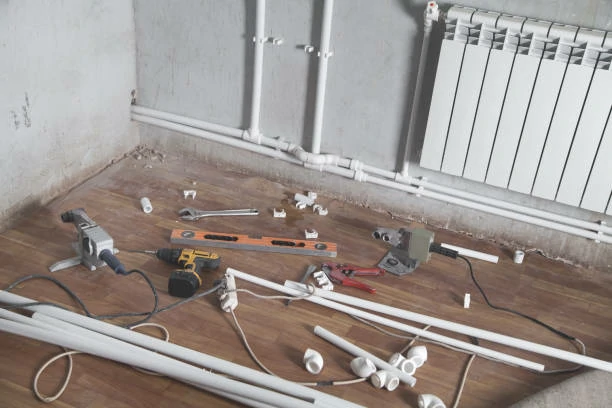
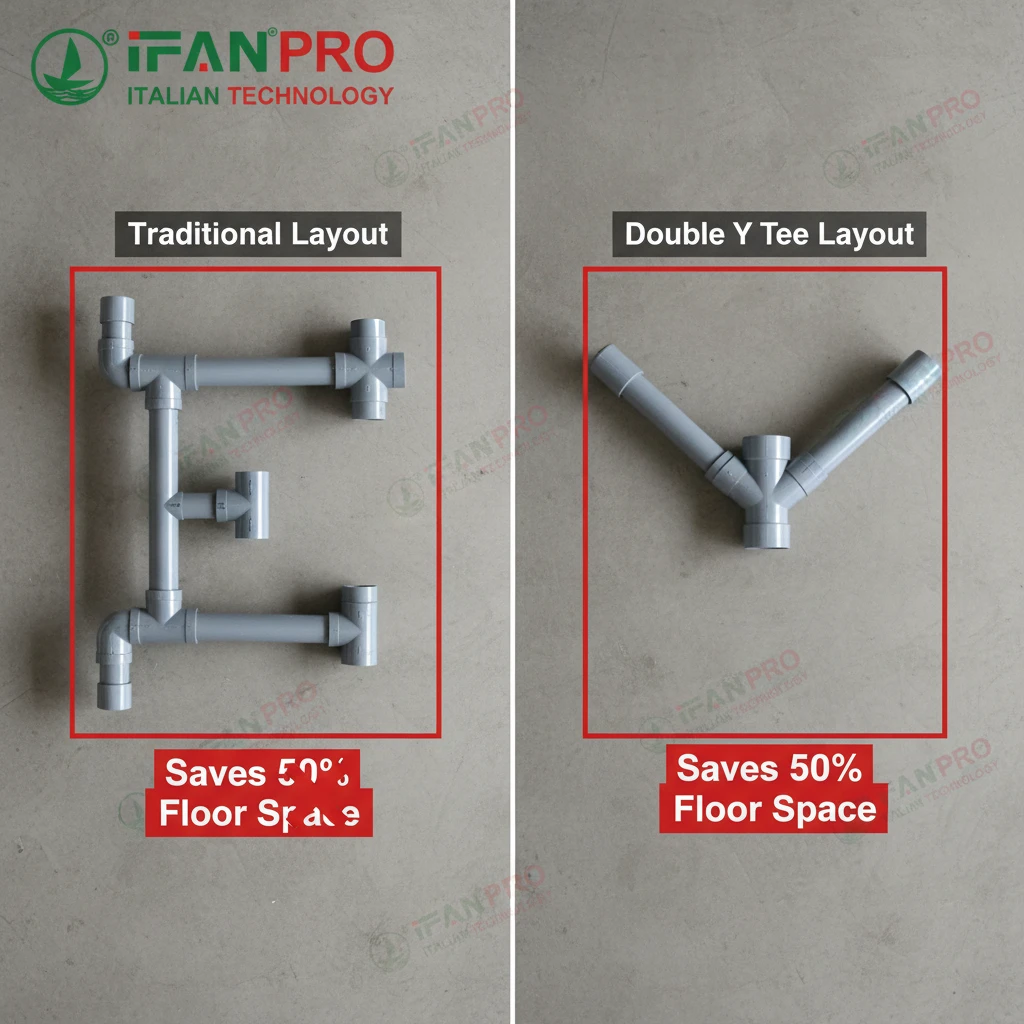
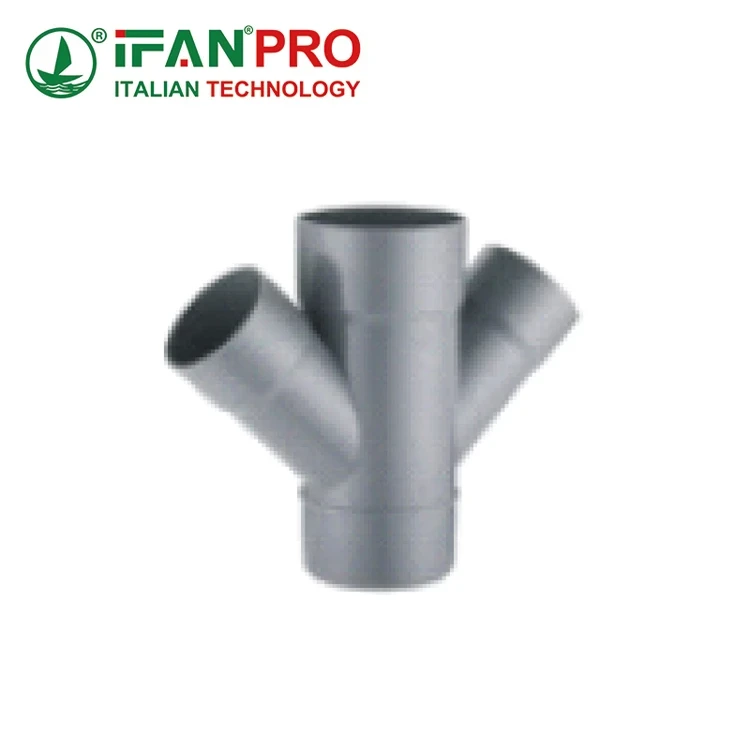
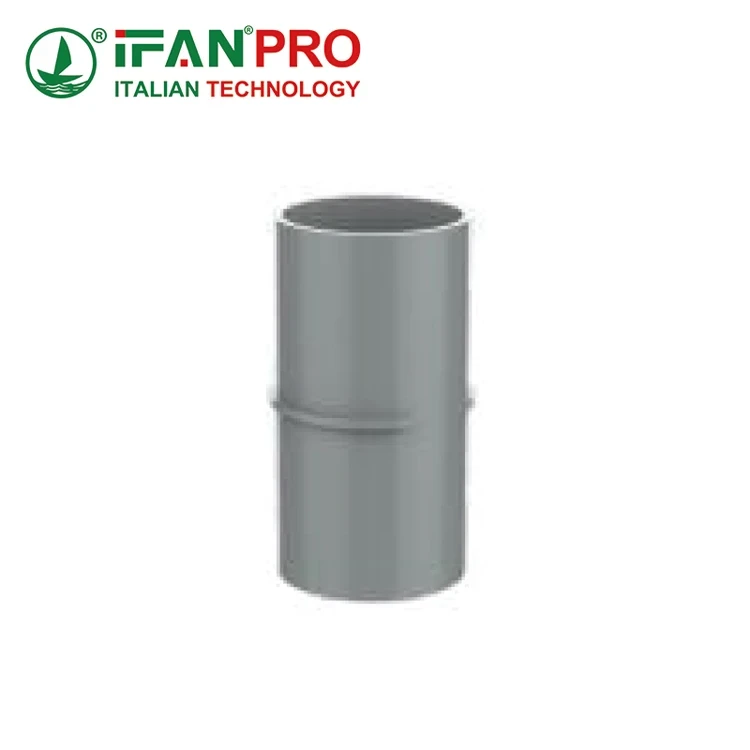
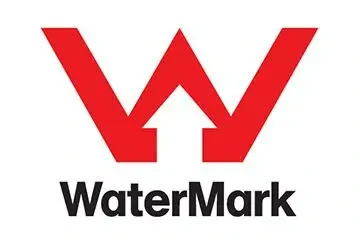
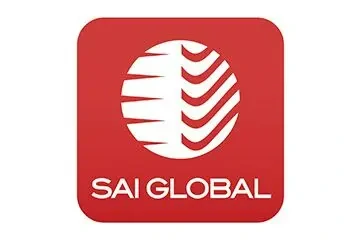
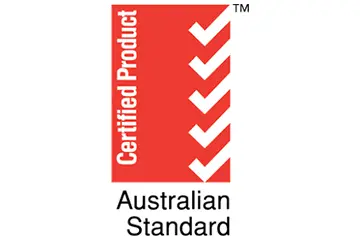
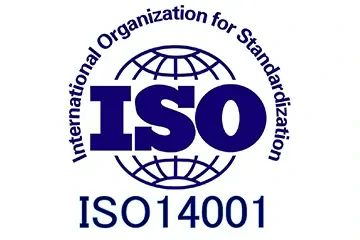
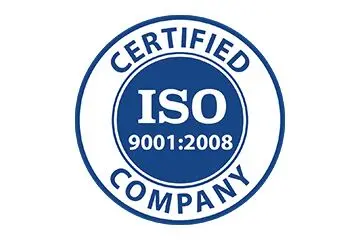
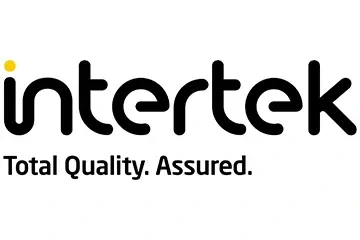
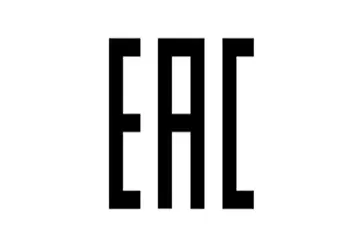
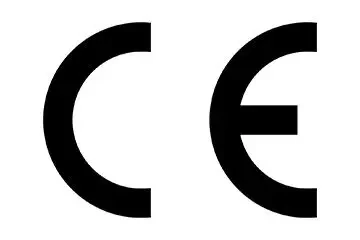
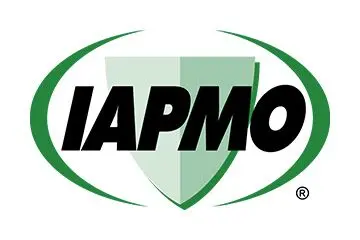
Recent Comments